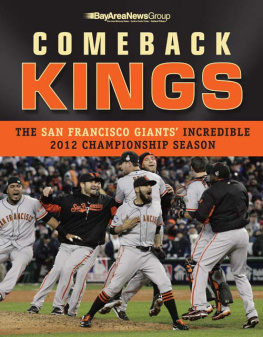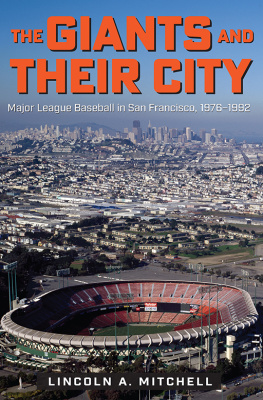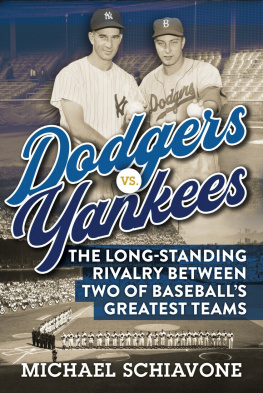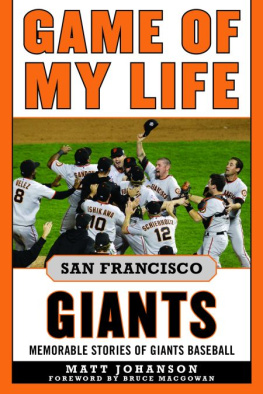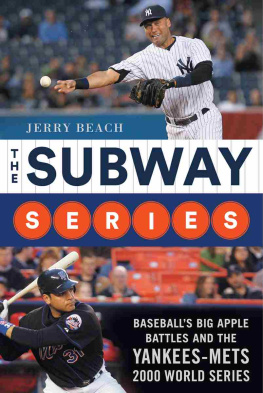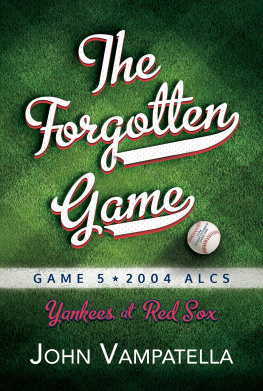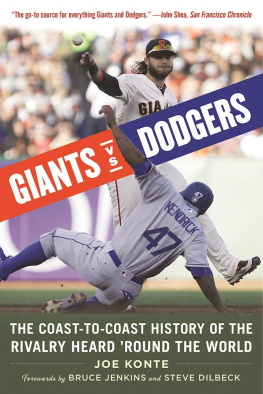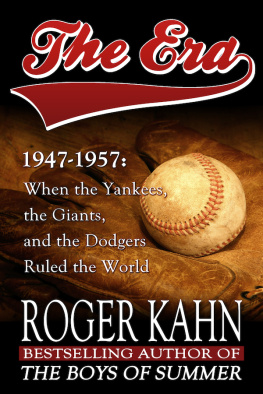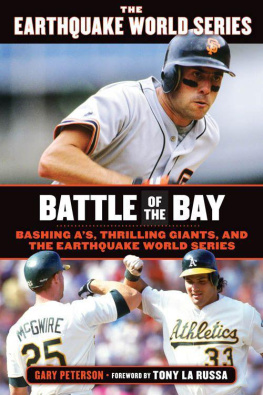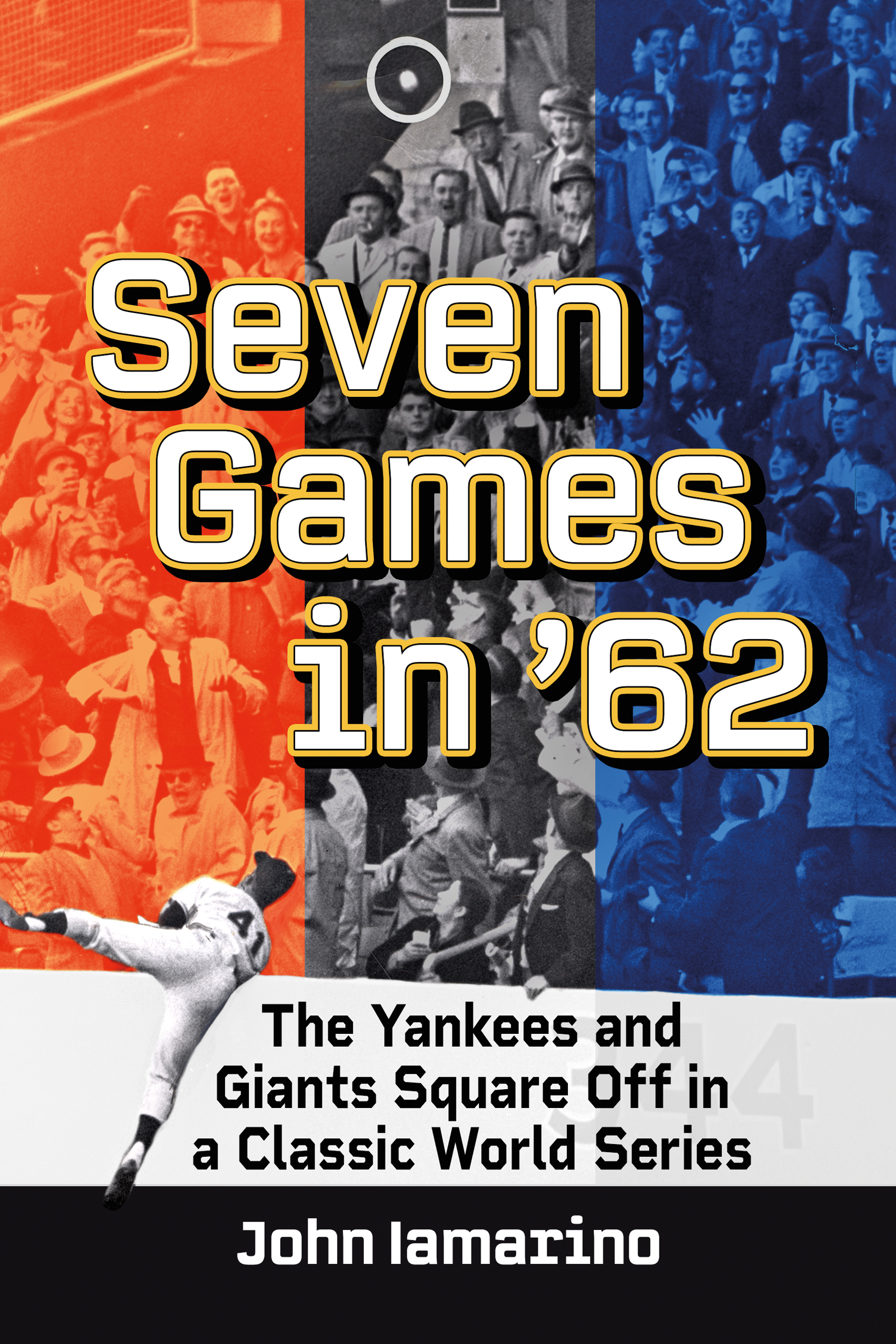2021 John Iamarino. All rights reserved
No part of this book may be reproduced or transmitted in any form or by any means, electronic or mechanical, including photocopying or recording, or by any information storage and retrieval system, without permission in writing from the publisher.
On the cover: Matty Alou balances on the low Yankee Stadium right field wall watching Tom Treshs three-run homer in the eighth inning of Game Five. The home run, the only one the Yankees hit at the Stadium in the Series, broke a 22 tie and led to a 52 New York victory. (National Baseball Hall of Fame and Museum, Cooperstown, N.Y.)
Preface
Nineteen sixty-two is the year I became a true baseball fan. I turned seven years old that June and immersed myself in everything I could about the game. Every Friday, when we went grocery shopping as a family, I would take the twenty-five cents my parents gave me as a weekly allowance and buy five packs of Topps baseball cards. Each pack cost a nickel and contained five cards and the ubiquitous flat rectangle stick of pink bubble gum. When wed get home, Id unwrap the packs and see what players Id added to my collection, always hoping there would be as few duplicates as possible.
Id separate the player cards by team. Once I had at least nine per team (no designated hitter back then), Id play baseball with them using dice rolls to determine results of each at-bat. With some advice on mathematical probabilities from my father, Id made up my own game using a pair of dice. Two was a home run, three a double, five a strikeout, seven a groundout (or double play if there was a runner on first), etc. Not caring about preserving the condition of the cards in the days before collectors looked at profit sheets, Id take a pencil and record the hits, home runs and runs batted in totals for each player on the corners of the back of the card. For the pitchers, Id simply keep wins and losses.
I also began watching televised ballgames on the two independent stations in the metropolitan New York area. WOR (Channel 9) carried the new, expansion Mets and WPIX (channel 11) televised the Yankees. The bulk of the broadcasts consisted of weekend games, usually Friday night, Saturday afternoon and Sunday afternoon, with the latter often being a doubleheader.
Not every game was televised, so having access to a radio became important. My parents bought me a small black and white transistor radio capable of picking up only AM stations. Now I could hear the Yankees on WCBS-880 or the Mets on WABC-770. I would sometimes listen surreptitiously at night under the covers, barely able to hear the announcer, after Id been sent to bed relatively early. After all, I had to go to school most days.
I also spent a great deal of free time bouncing a thick red rubber ball, a Spaldeen as New York kids called it, off the steps of the front porch or against the shingles on the side of our house. If there were other kids available, then a version of two-on-two or three-on-three baseball in the street was in order. On summer evenings or weekends, my father would hit me an endless string of ground balls and pop flies.
The most dramatic occurrence of that 1962 major league baseball season, the first one I truly followed start to finish, was the World Series between the Yankees and the San Francisco Giants. It lasted the full seven games, with a fitting climactic ending. As the years passed, I never saw what I felt was a worthy review or analysis of that championship, the first between combatants representing both coasts. The retelling of the Series would make an interesting tale, in my opinion. So, with the 60th anniversary rapidly approaching, I decided to wade in and try my hand at bringing the history alive.
In doing the research, I leaned on a number of extensive, reliable sources.
How did baseball researchers ever conduct their business without Sean Formans amazing interactive website www.baseball-reference.com? In addition to every statistic one can imagine for every player, the game box scores and recaps provide wonderful detail. Want to know where Tom Treshs three-run homer landed in the fifth game of the 1962 Series? The recap tells you it was hit to right field. Curious as to Billy Pierces earned run average before and after he shut out the Dodgers in the first game of the National League playoff? Its there if you know where to look (3.72 lowered to 3.51).
The Internet makes finding contemporary articles, columns and commentary easy. Archives hosting such periodicals as The Sporting News and Baseball Digest are wondrous sources of information and detail. The biography project of the Society for American Baseball Research (SABR)of which I am a memberprovides well-written, painstakingly-documented bios of thousands of major leaguers. All were key ingredients in putting this work together.
It was also a rewarding experience to be able to utilize more than fifty different hardcover books, paperbacks, ebooks and magazines from my personal library of more than five hundred volumes, the majority of which deal with baseball.
My goal here is to provide a lasting record of a tense, exciting World Series played in another era. Young readers may find playing strategies and managers decisions mind-boggling by todays standards. But the essence of any championship still comes down to two teams battling each other. And the 1962 World Series certainly had that.
Introduction: Terrys Choice
Do you want to pitch to this guy or walk him?
Even before New York Yankee manager Ralph Houk walked to the mound and posed that question, pitcher Ralph Terry had begun a set of rapid calculations in his head. There were two men out. Two men on base, both in scoring position. First base was open. A dangerous power hitter stood at the plate. An equally dangerous hitter was swinging a bat on deck. Terry and the Yankees were clinging to a 10 lead. A hit would almost certainly score both runners and deliver a championship to the San Francisco Giants.
The string had been pulled about as taut as it could for baseballs 1962 World Series. It was the bottom of the ninth inning of Game Seven with the Yankees and Giants tied at three games apiece. The 43,948 spectators packed into Candlestick Park roared with anticipation as the conference on the mound continued with Houk, Terry and catcher Elston Howard.
Before asking Terry about his options, Houk had tried to reduce the tension for his pitcher. I really dont know what the hell Im doing out here, but I thought I better come here and talk to you anyway, he said. Both Houk and Terry grinned at the slight levity, but Howard remained focused on the situation facing them.
How do you feel? he asked Terry. Hows your control?
Terry knew what his catcher was getting at. If he intentionally walked the batterslugging outfielder Willie McCoveyhed have to face one of the Giants best hitters, first baseman Orlando Cepeda, with the bases loaded and no margin of error should he lose the strike zone. A walk would tie the game and put the winning run on third base.


